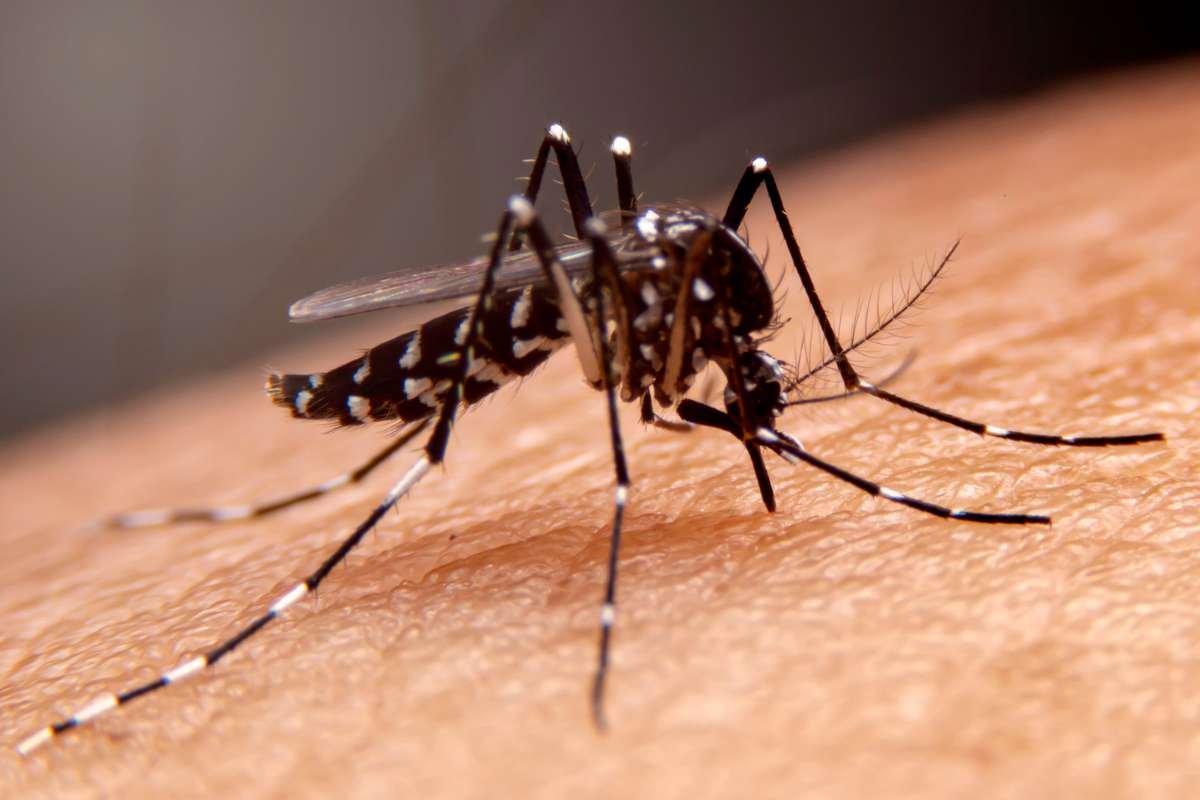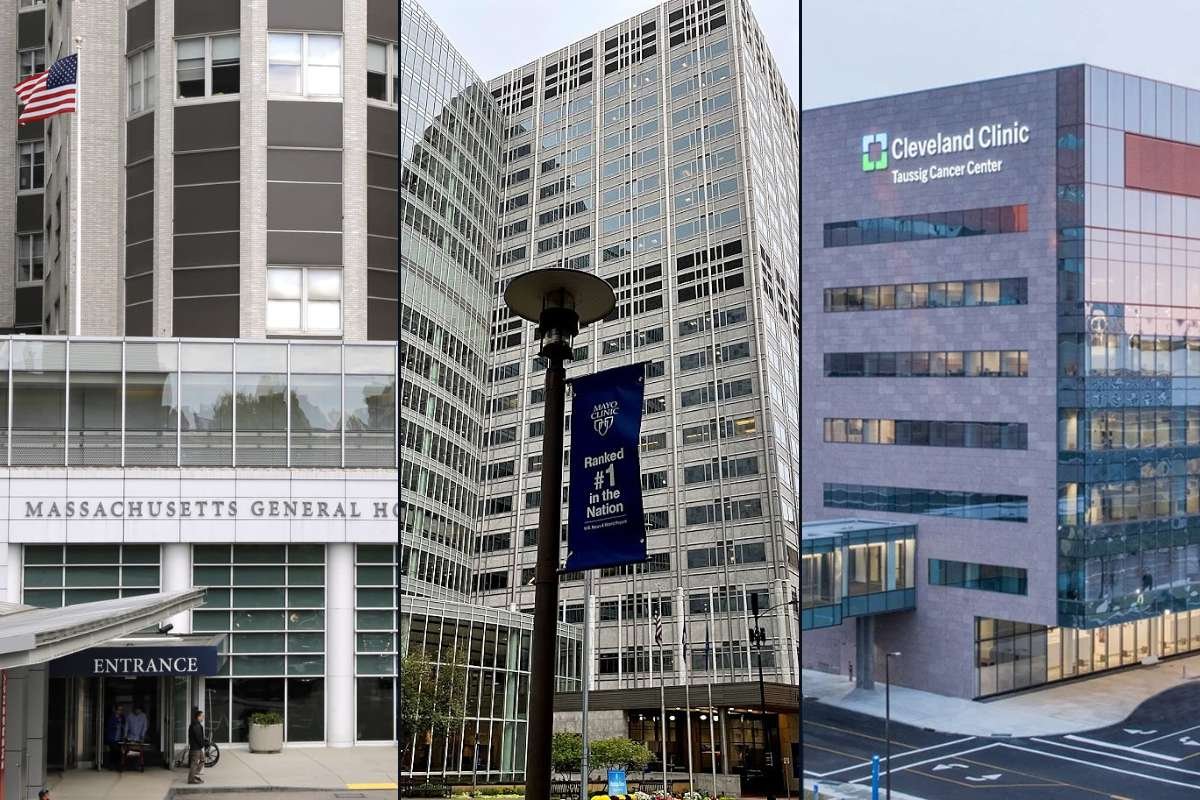The Life Sciences Boom: An Industry Poised for Growth
The life sciences industry has become a significant force in the U.S. economy, contributing nearly $4 billion in 2021. This sector, fueled by government initiatives, increased public and private investments, and shifting consumer preferences toward personalized healthcare, is expected to grow at an annual rate of 7% to 8% over the next five years. However, as companies navigate this rapidly evolving landscape, many find themselves at a crossroads—brimming with potential but uncertain about the best strategies for sustained growth and stability.
Traditionally, the life sciences industry has been concentrated in coastal hubs. But as the sector expands, a shift is taking place. Emerging cities across the U.S. are positioning themselves as prime locations for research, development, and production. For instance, Oklahoma City has leveraged its energy industry legacy to build a robust biomanufacturing ecosystem. “We’re using our long-term investment strategies to expand capabilities in clinical trials, third-party manufacturing, and technology for rural and diverse populations,” says Jeff Seymour, CEO of the Oklahoma City Innovation District. Cities like Oklahoma City are proving that innovative infrastructure and collaboration can redefine the landscape for life sciences, offering companies cost-effective solutions and a platform for long-term growth.
Connectivity, Workforce, and Ecosystems: The Foundations of Expansion
For businesses in life sciences, connectivity to essential resources, organizations, and skilled talent is paramount. Expanding companies require more than physical infrastructure; they need comprehensive ecosystems that provide support from initial incubation to sustained growth. Cities in central regions are stepping up to meet these needs by fostering diverse workforces and advanced training programs.
Daniel Baker of the University of Oklahoma Bioprocessing Core Facility emphasizes the importance of workforce development in sustaining the industry’s growth. “We’re launching state-of-the-art lab facilities and curricula to prepare students for careers in biomanufacturing,” he explains, highlighting efforts to build a skilled workforce pipeline. Such initiatives ensure that companies can access talent with the expertise needed for testing, production, and innovation.
Additionally, cities that offer strong connectivity—whether through local partnerships or state organizations—create opportunities for businesses to thrive within a network of like-minded leaders. These networks foster mentorship, collaboration, and long-term strategic planning. As regions like Oklahoma City develop integrated ecosystems for life sciences, they provide companies with the tools needed to answer critical questions about resources, leadership engagement, and the local community’s role in public health solutions.
Strategic Investments for Long-Term Impact
Investment in life sciences and biotech gained significant momentum during the COVID-19 pandemic, with companies prioritizing public health advancements and manufacturing capabilities. While the initial surge in funding has leveled off, the importance of public-private partnerships remains evident. Such collaborations are essential for creating sustainable ecosystems and driving innovation.
Koey Keylon, executive director of the Oklahoma City Biomanufacturing Training Center, illustrates the impact of these partnerships. “We worked with industry partners to develop hands-on training for employees, ensuring they’re prepared for their roles in biomanufacturing,” she says. By addressing workforce gaps and fostering collaboration, these efforts contribute to the sector’s stability and growth.
Smaller cities, often overlooked in favor of larger hubs, are emerging as nimble and affordable alternatives. Developments like Oklahoma City’s Convergence project bring together biomanufacturing, aerospace, and academic institutions under one roof, creating long-term solutions for the life sciences industry. As developer Mark Beffort notes, “The goal is to build a sustainable ecosystem that addresses the American economy’s needs and makes every American’s life safer, healthier, and more sustainable.”
With a focus on infrastructure, innovation, and community impact, the life sciences industry is redefining its growth trajectory. As companies invest in people and partnerships, they are not only improving lives today but also shaping a better future for generations to come.







